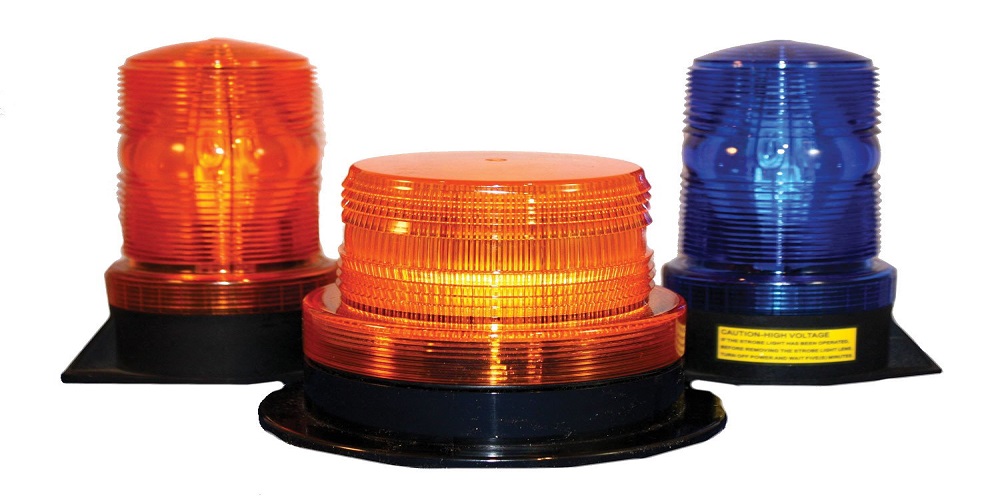There are various lights available for use in forklifts on the market that can make it overwhelming for any business that has at least one forklift, to choose the right one. There are lights that come in many shapes, sizes, and colors, and not all lights can be installed on the forklift(s) that you might own. The only thing you know for sure is that you can’t operate your forklift without them.
Forklift options such as
forklift warning lights are a necessity to every business and warehouse owner because they are tailored to what you need out of an extra set of lights. Before you browse the many forklift lights that are available, simply follow this guide to get the best understanding of what your forklift lights should look like.
Bulbs
Forklift lights come in two kinds of bulbs: halogen and LED. Halogen lights have been on the market for much longer, and are more affordable than LED lights are pretty much the only advantages that they have over LEDs. Halogen lights also contain a filament that can get damaged if shaken too much from the forklift. LED lights have no filament like halogen lights. They also don’t get nearly as hot and require as much power to run. They are made to last much longer than any other type of light, and the savings come in the form of a long-lasting product and reduced energy costs.
Headlights
There are four kinds of headlights you can buy: Standard, inset, low-profile and combination. Standard headlights are lights that your forklift likely already has, but they can be removed so that you can install new or different lights. Inset lights are typically mounted peering over the roof of the forklift, but not all forklifts are compatible considering that there is a mast that would obstruct the light’s path. Low-profile lights are similar to standard lights, but they have a narrower profile and use less power. Combination lights are a series of extra lights along with your standard lights. These lights include red lights for parking and blinkers for turning.
Rears
Rear lights, like front headlights, come in standard, low-profile, and a combination. These lights are installed on the rear of the forklift and are ideal for moving in reverse and alerting workers behind the forklift. Low-profile lights are placed in a different area from typical rear lights to protect them better from damage. Rear combination lights are extra lights in addition to standard lights, including tail lights, blinkers for turning, and backup lights.
Specialty Lights
Generally, there are a handful of different
specialty lights to choose from, but the three main ones are red zone lights, blue spotlights, and strobe lights. Red zone lights are mounted at the sides of the forklift and shine directly at the ground. These give off red beams of light that can alert people that are working or standing in the vicinity to step away. These lights are also available in other colors.
Blue spotlights are usually mounted alongside standard lights and are pointed downwards at the ground. Like red zone lights, these lights help alert people around the forklift to step back. These lights are useful when a forklift needs to pass through a narrow area. Blue lights can also help the operator see better during rainfall and fog. Strobe lights are small, flashing lights that are placed right on the roof of the forklift. These lights are available in many colors, such as red, blue, white, yellow or amber. These lights also flash or spin to create alertness in the area that a forklift is passing by.
In addition to the number of forklift lights available, there are many ways to activate the lights that you can choose from. Pick the type that feels most convenient to you.
Key On, Lights On
This means the light is connected to a key-shaped switch. Turning this key will turn the lights on. This allows you to manually turn the lights on and off.
Key Off, Lights Off
This means the light is powered by the forklift's power. Turning the forklift on will turn the lights on. These lights automatically turn on and cannot be turned off until the forklift is.
Auto Lights Off
This is similar to key off, lights off, except there is an additional way for the lights to be turned off. This is when the oil pressure reaches a certain level after the forklift has been turned off.
